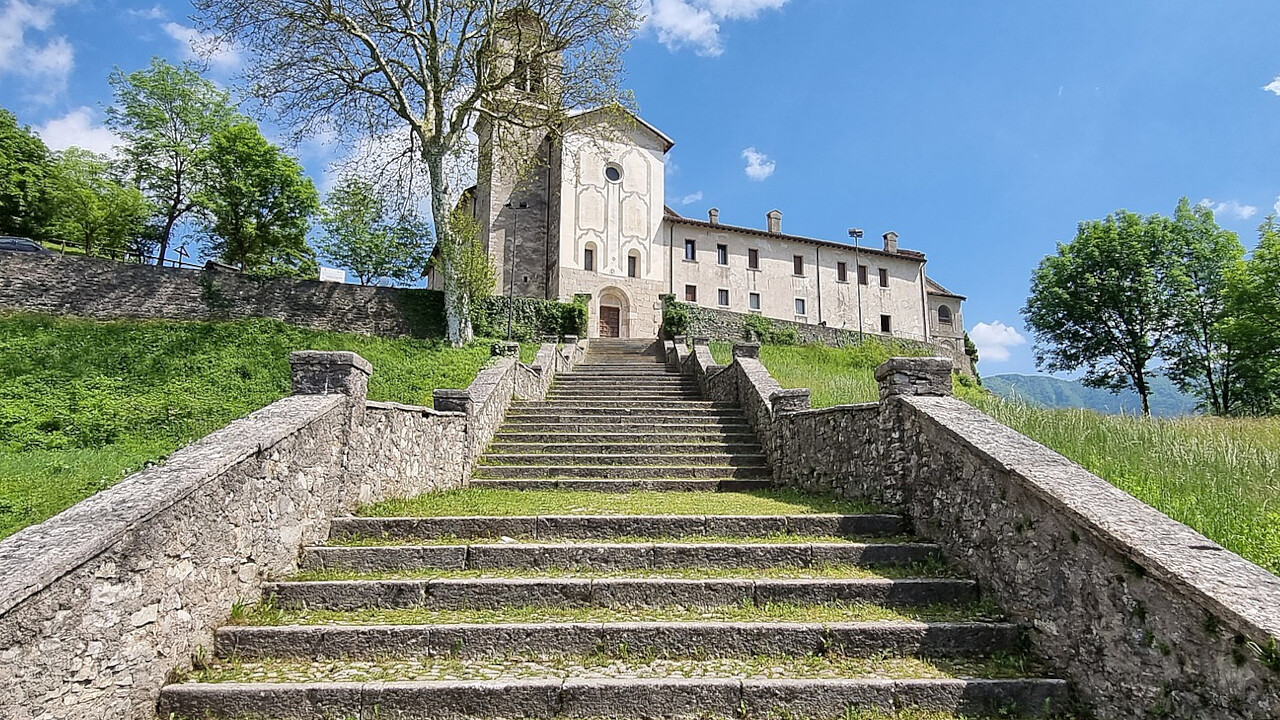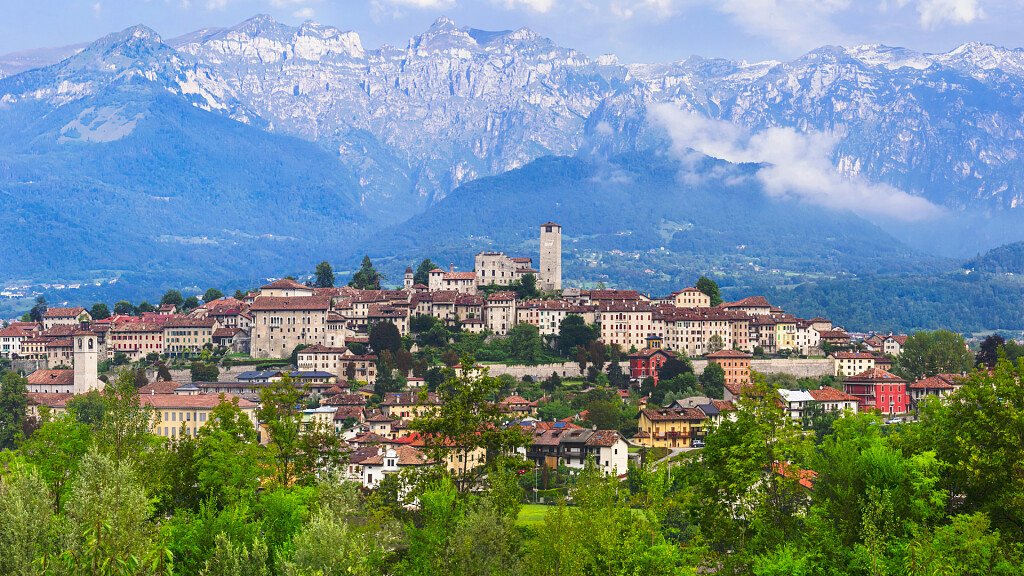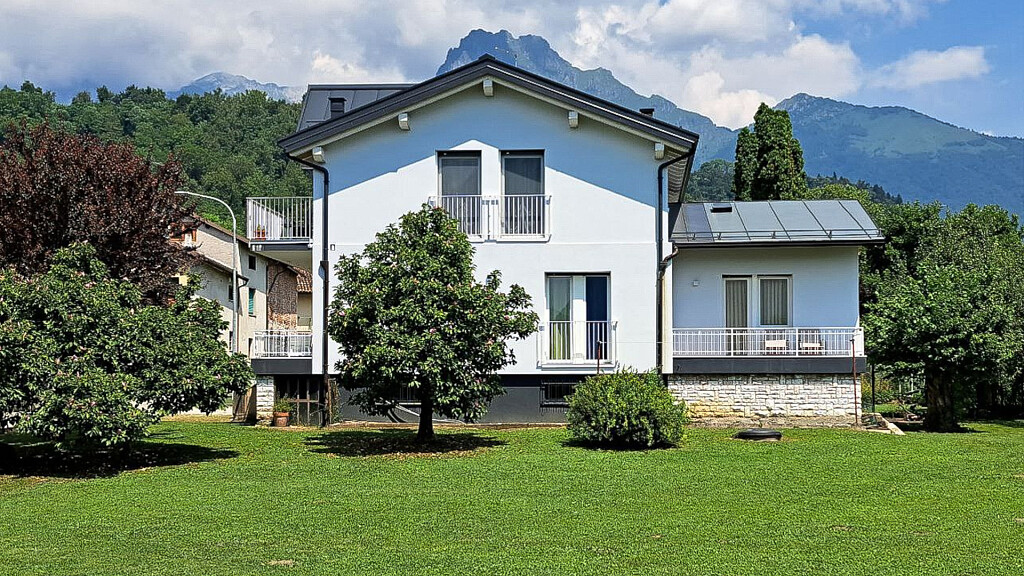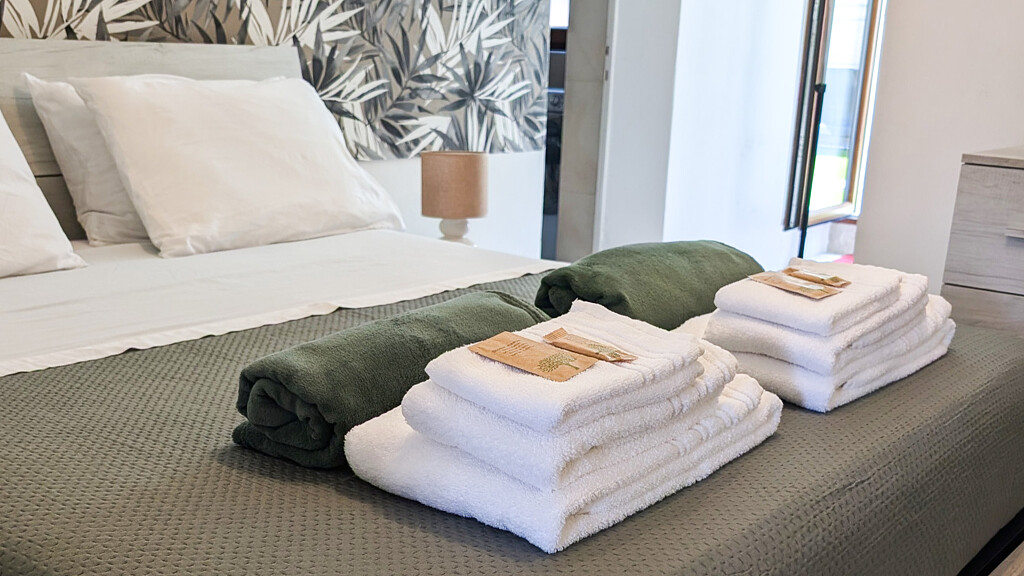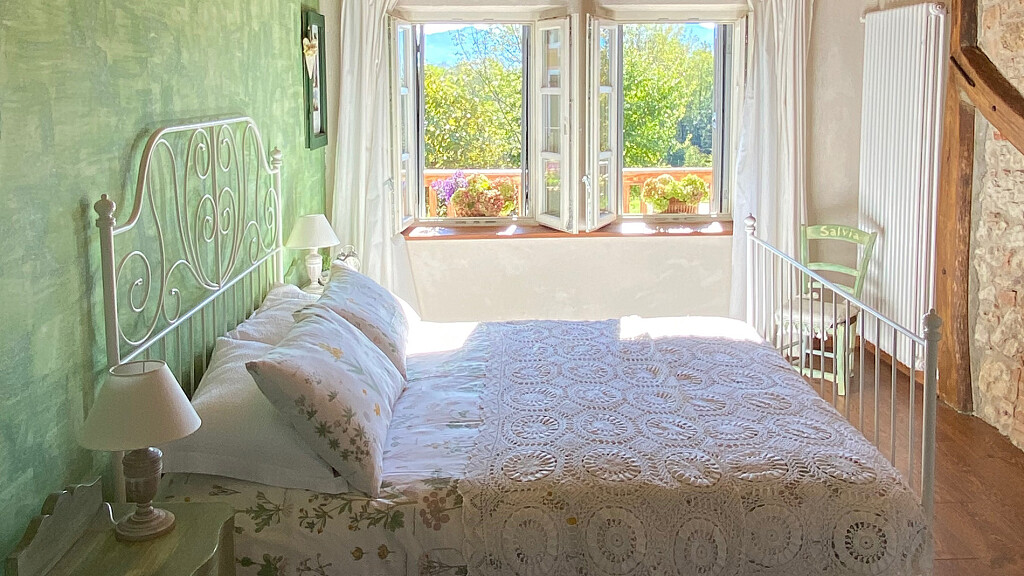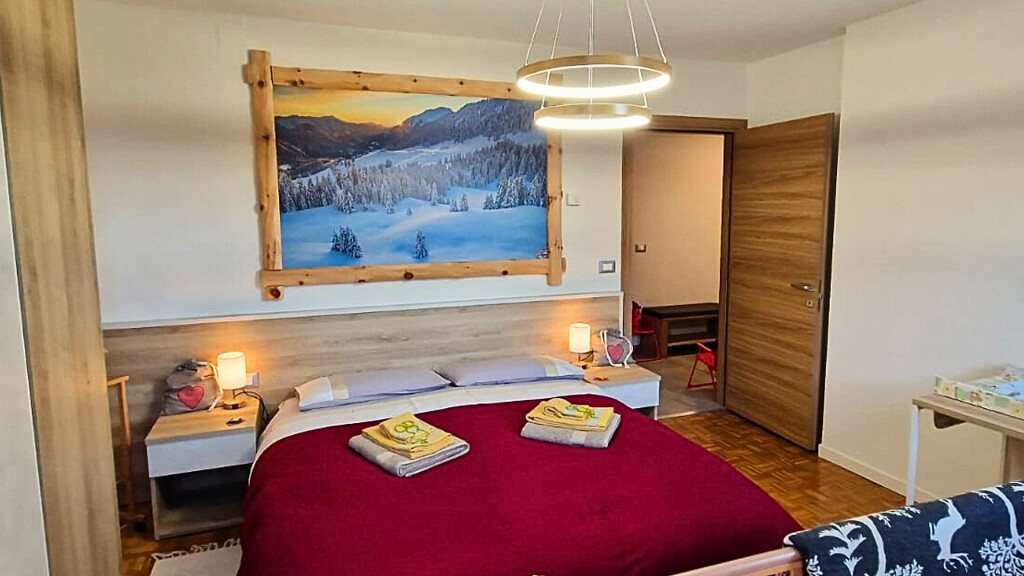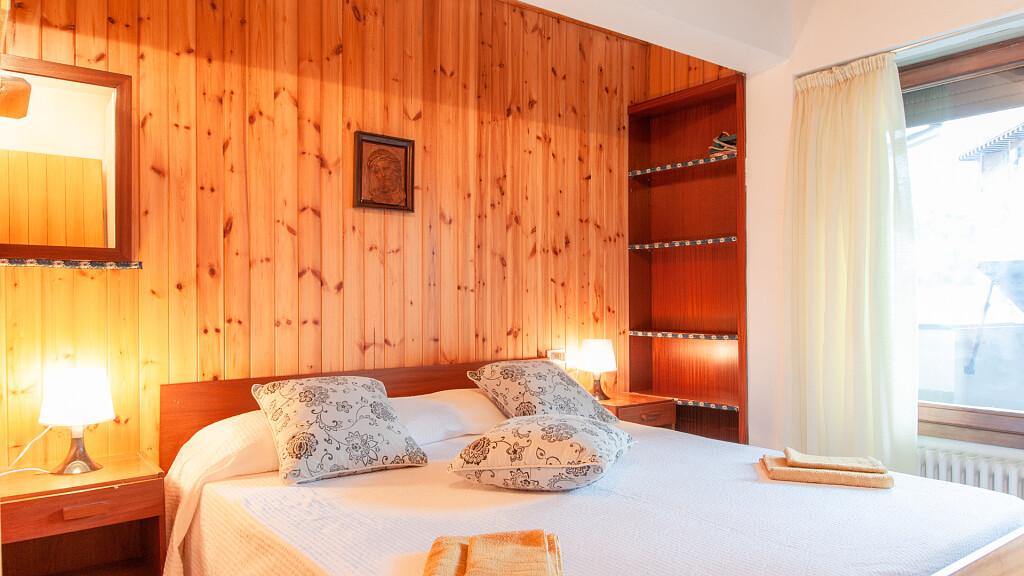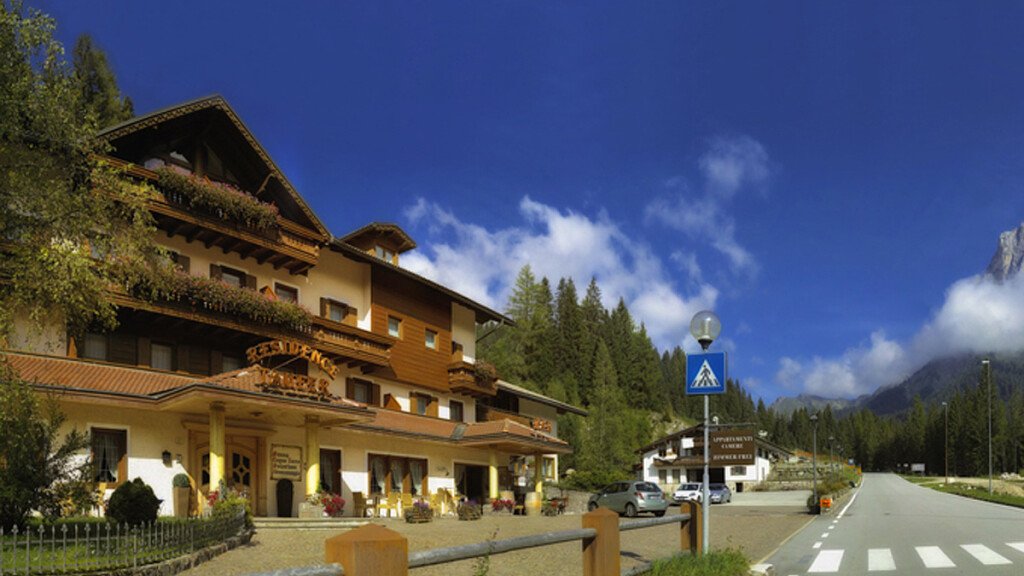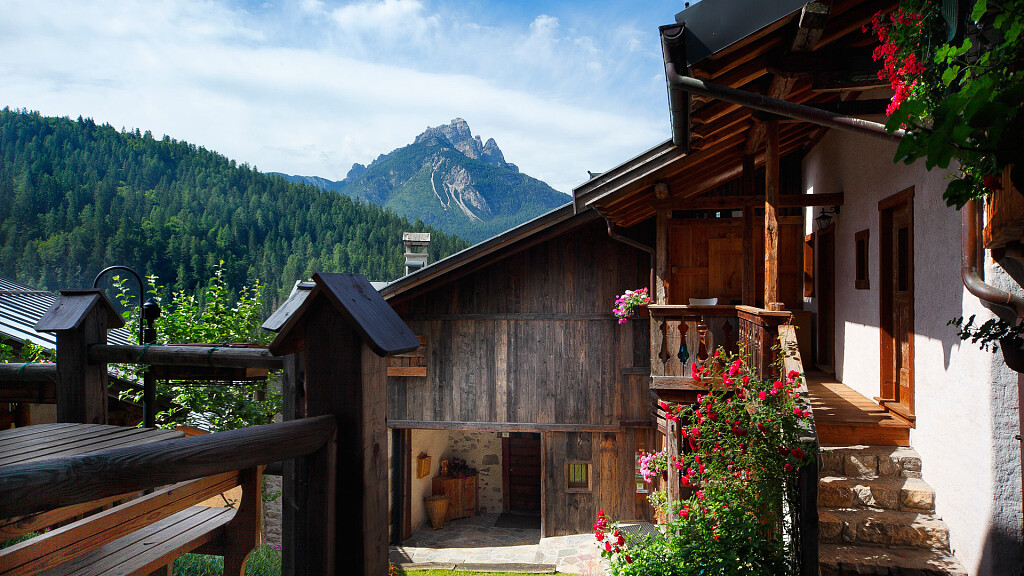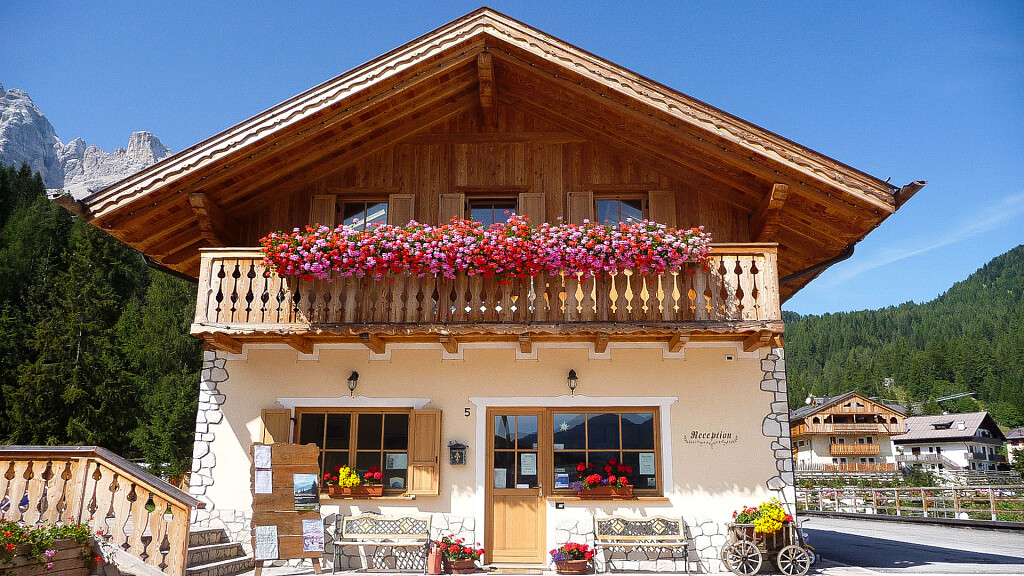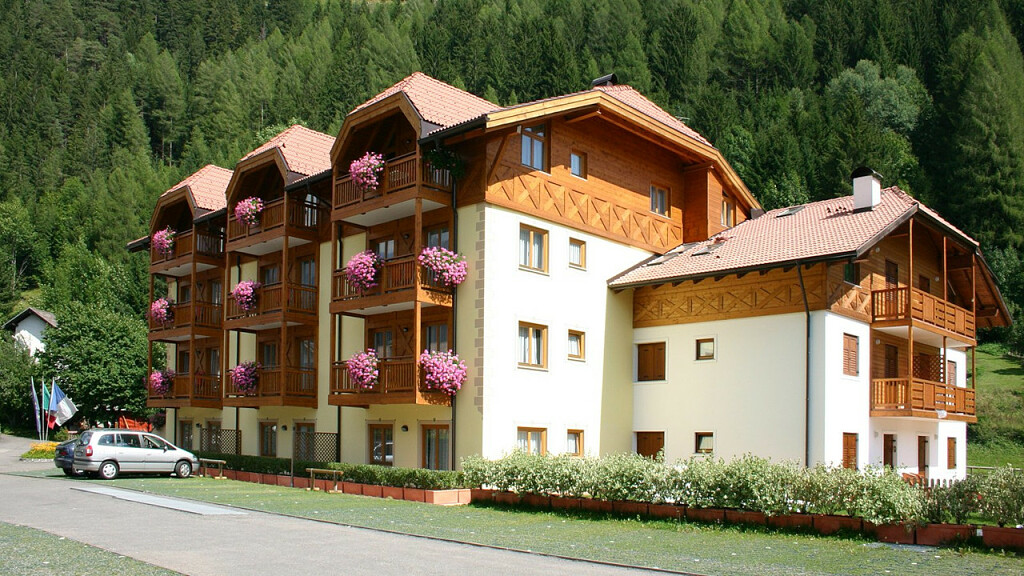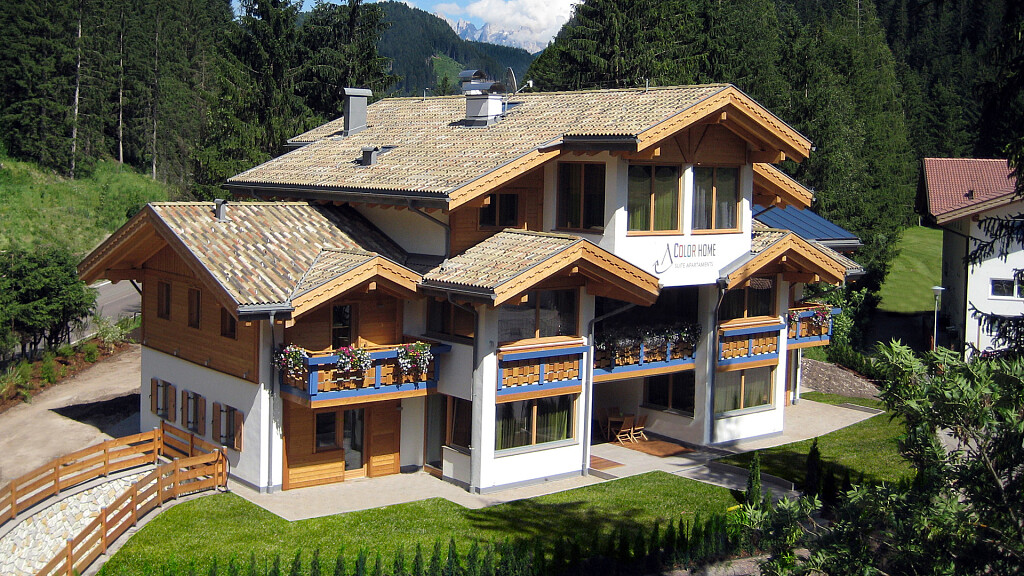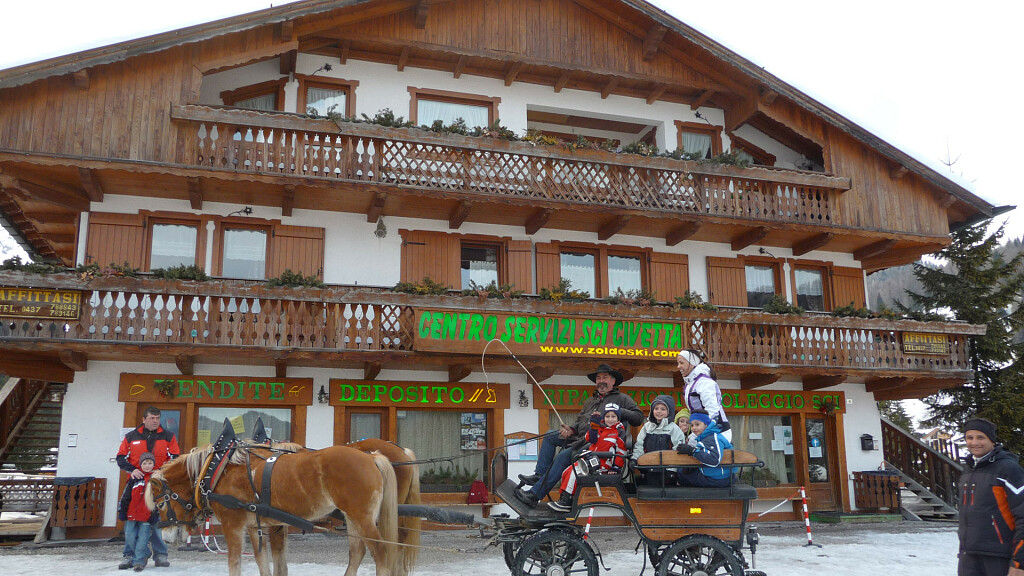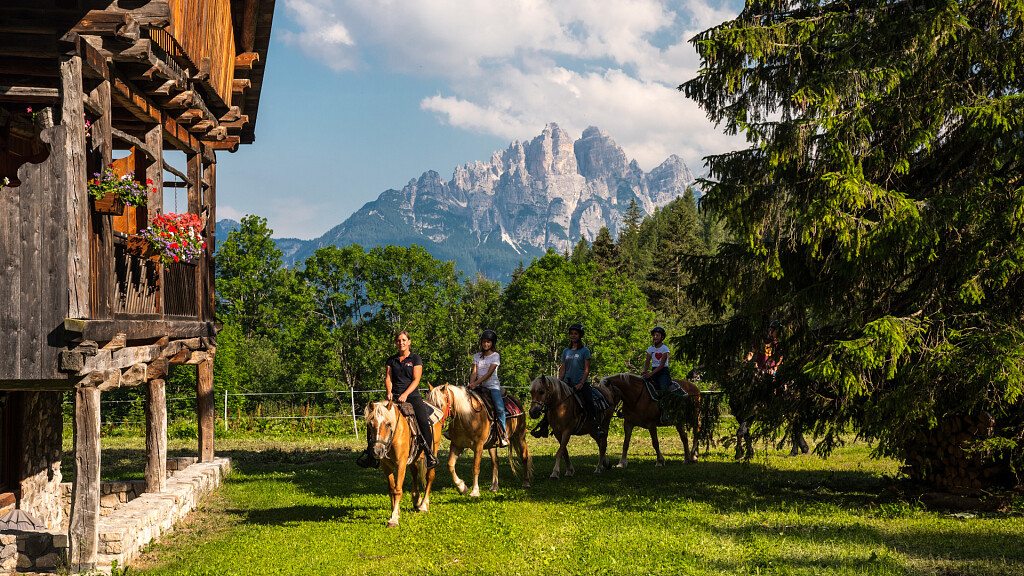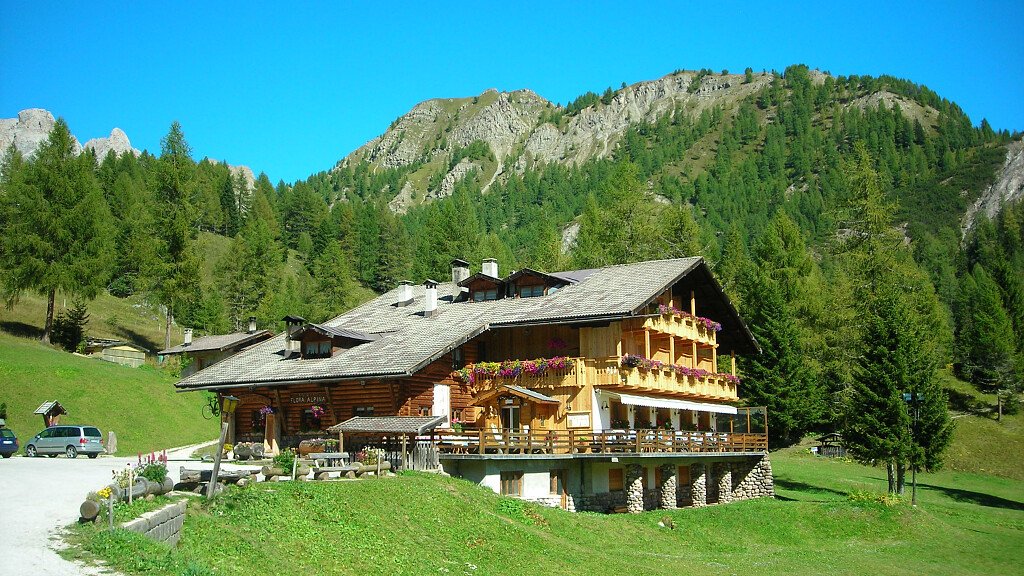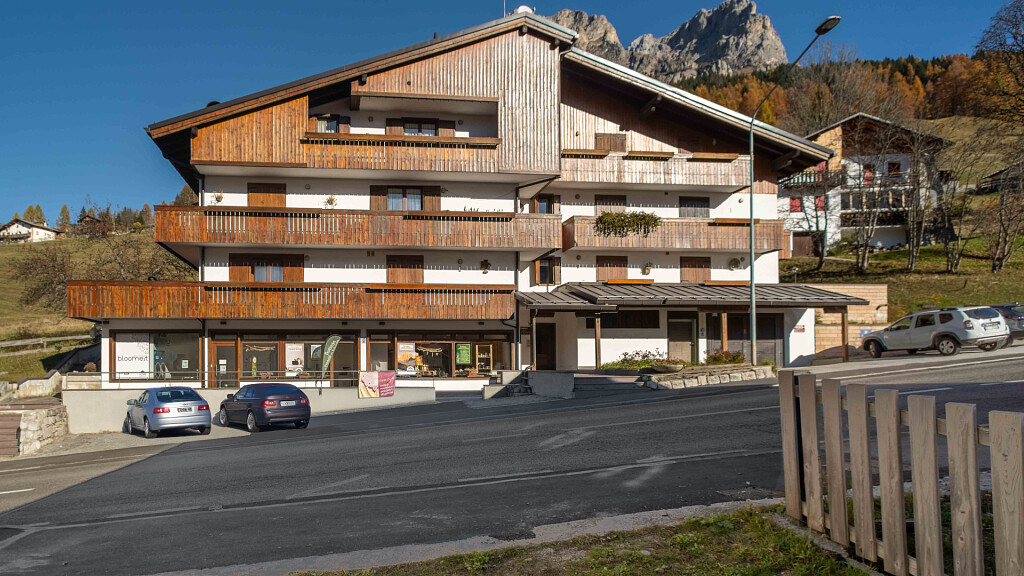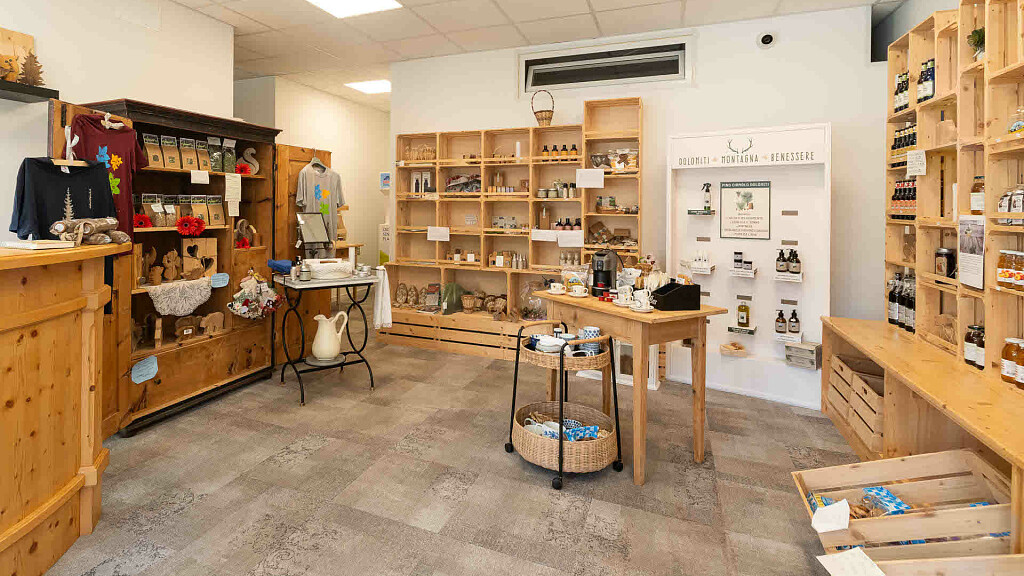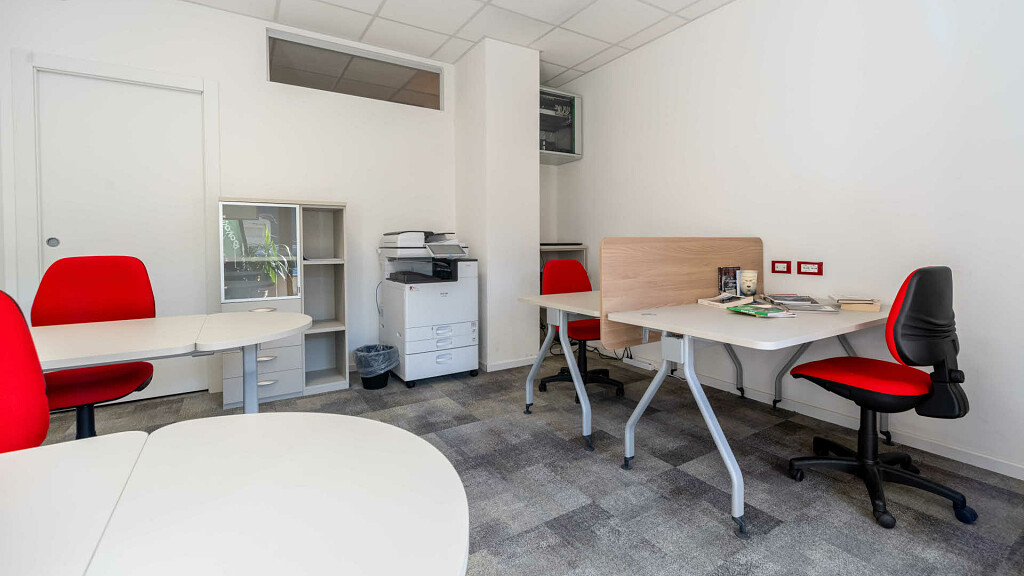In front of the town of Feltre, three km southwards, on a rocky spur on Mount Miesna, lies the basilica of the Saints Vittore and Corona, patrons of Feltre. The structure had been built upon the pre-existent buildings which were part of a defensive system and included the opposite castles of Rocchetta and Castelcucco, nowadays disappeared.
The location was so strategic for it faces on the narrow passage, called "la Chiusa", which was an obliged passage between the Veneto Plain and the Alpine area of Feltre and Trentino.
This basilica, very rich in history, has been, since always, an important religious landmark for the population of Feltre and represents a jewel of Romanic and Byzantine art thanks to the frescoes that embellish the walls.
Between 1096 and the first decade of the XII century, under will of the crusader knight Giovanni da Vidor, the church that today represents one of the most important sacred buildings in Veneto was built. The central extended plant consists of the "martyrium" where the urn with the rests of the martyrs Vittore and Corona - martyrized in the II century in the Middle East - had been put.
The church is completely covered with frescoes dated back to the XV-XVI centuries. These works testimony the importance of the place and the popularity of the church and include excellent examples of Giotto and Tomaso schools, besides anonymous artists. Worth a mark are also the rests of the wonderful marble tomb of the founder (in the sacristy), a stone bishop chair of the XIII century, the sculpture of Saint Vittore (1400) at the base of the urn and supported by four columns, and a stone tabernacle, rich in sculptures and gothic decorations.
At the end of the XV century, beside the church a monastery and cloister were built. The monastery was first ruled by the Fiesolani monks, then between 1600 and 1700 by the Somaschi and eventually by the Franciscans in the XIX century. The former made some important restorations in the church and built the choir and the bell tower. The Franciscans instead built the majestic stair and the semi-circular apse causing the partial destruction of the funeral monument of Giovanni da Vidor.
In the monastery rooms, recently restored, there is an art gallery which keeps works from the second half of the XVII century, and others by Luca Giordano, Gaspare Diziani, Girolamo Pellegrini, Giovanni Buonagrazia, Agostino Ridolfi and other anonymous local artists.
Where The basilica lies on Mount Miesna in Feltre town council.
How to get From Feltre enter the S.S. 348 and continue as far as Anzù, at the foot of Mount Miesna. From here follow the signs for the basilica.

